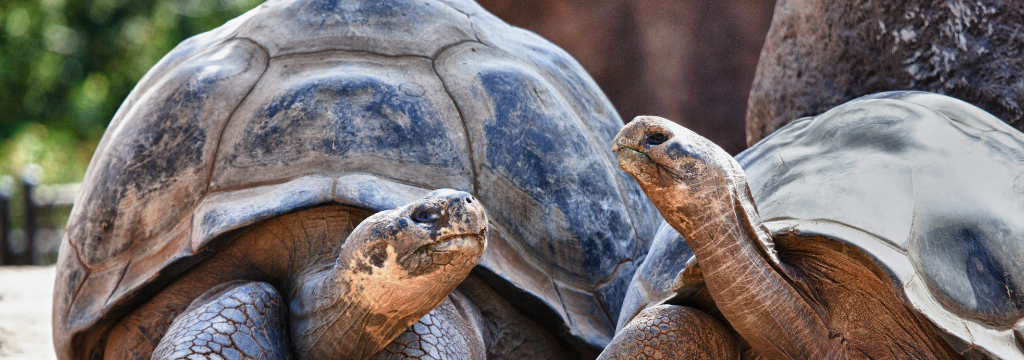Thank you for doubling your donations!

Thank you to everyone who donated on The Giving Block or every.org. All matching funds have run out. You can still donate cryptocurrency through The Giving Block or support us through our website.
Please read on to see what we’ve been up to and what our future plans are.
What distinguishes us as an organization?
Among standard animal advocacy groups, we are unique in that we focus on two key things:
2. Longtermism (achieving the most good over the very long term)
Our large resource website has articles, literature reviews, reports, and bibliographies. We comb through academic and scientific papers and present the information to the public as it relates to the wellbeing of individual animals.
We are also characterized by our prioritization of attitude change over behavioral change. Our goal is to change the attitudes of individuals and institutions so they consider how their actions and decisions affect nonhuman animals.
Recent work
In 2021 we expanded our outreach through talks, workshops, and online courses for students. Our work in India greatly expanded. The Ethics section of our website was updated and enlarged with material about additional ethical theories and how they relate to the moral consideration of nonhuman animals. We also produced new material about invertebrate sentience, urban wild animals, the perspectives of scientists toward helping wild animals, the prospects for work in China, and helping wild animals in fires.
You can read about more of our accomplishments in 2021 in our Animal Ethics Year in Review 2021.
Below are some highlights of our work so far in 2022 and our upcoming plans.
We published a report about the obstacles for a brucellosis vaccination program for the bison population in Yellowstone National Park. This is important work because vaccination of animals in the wild is one of the most successful types of intervention that has been carried out repeatedly on a large scale. As our report shows, the major obstacles have little to do with the likely effectiveness of a vaccination program.
We’ve increased our work about helping animals in natural disasters and extreme weather conditions. This work focuses primarily on fires and floods, which will likely continue to increase in number and scale in the years to come. We produced a literature review about using thermal imaging to help animals in the wild. Thermal imaging can not only show physical stress in the bodies of animals, but it can also detect the presence of animals, including very small, cryptic, and hidden animals, as well as animals in remote locations.
We continued our outreach to academic and animal advocacy audiences, giving talks and workshops that were attended by over 1,000 people. Many of these were recorded and are available on YouTube. The talks covered crucial and under-addressed topics in animal advocacy: speciesism, sentience, wild animal suffering, and longtermism. Speciesism is the discrimination against nonhuman animals and it is critical that we change attitudes toward animals in a way that will be stable into the future. Sentience determines which animals can feel and experience the world around them, and therefore can be harmed or helped by our actions. Wild animal suffering is the largest source of suffering in the world, and also the most neglected. Longtermism is an essential approach because our decisions today will affect many more animals in the future than those who are alive today.
As part of our work to reach new and younger audiences, we developed classroom materials to teach high school students about speciesism, using short videos, discussions, games, and an Anki deck to reinforce learning through active recall and spaced repetition. We also conducted a study to learn about the attitudes of Gen Z toward helping wild animals. We found that views are overall favorable, and the majority of people surveyed believed that helping wild animals should be included in government plans and sustainable development goals. The majority either agreed or were neutral about helping wild animals whenever we can safely do so, regardless of whether they need help due to human activities or due to natural causes. These views are more positive than we’ve found in older generations.
Our translators are are now working on translations of our website content into Danish, Romanian, Telugu, Tagalog, and Arabic. We ramped up our social media presence in terms of platforms, number of posts, and media formats. We now post daily on Instagram and Facebook in English, Spanish, and Portuguese. We started TikTok channels in the same three languages. In addition, we are publishing a series of short videos introducing concepts in animal ethics.
In 2023, we’ll increase our work on longtermism and we’ll produce more content on this topic, including papers, new talks, and a series of short videos. We’ll continue our ongoing work of academic outreach through writing, teaching, speaking at events, and holding workshops. We’ll also continue to translate our website and ebook into new languages, and we’ll continue to add subtitles in different languages to our videos. We have plans to increase our outreach to a younger audience, and we’ll introduce new media, including an augmented reality notebook showing some of the challenges faced by animals in the wild.
We also plan to produce more content about what can be done to help wild animals, including more ways of using safe existing technologies. The usefulness of existing technologies is expanding at a rapid rate with the ever-increasing ability to process massive amounts of data.
In addition, in 2023 we are going to produce more information about the ways individuals can get involved, both in everyday life and in the context of their careers or other activities they already engage in.
Please help us to accomplish even more with your help. Consider supporting our work so we can increase our impact.
Thank you for your continued support!